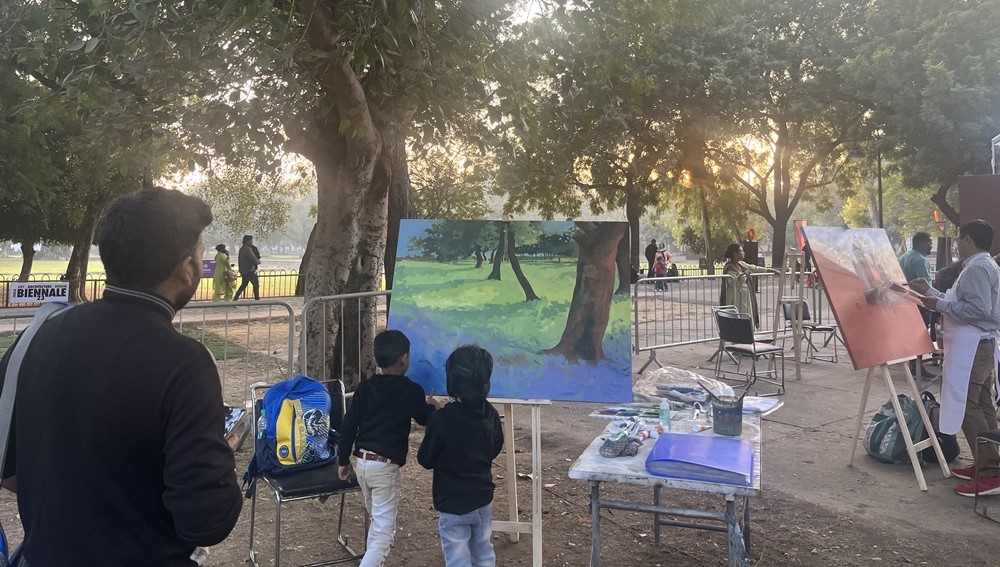Day 2 of the Indian Art, Architecture and Design Biennale 23 saw the theme of baaghs and gardens in full bloom across the Red Fort. Anjchita Nair, co-founder of Culture and curator of Bagh-e-Bahar, states that they highlight the idea of a garden and its elements because they have been part of our creative expression through art, textiles, literature, and music for centuries. One gets to see their preferred garden out of the approximately 48 that are on display from around the nation. For various people in various circumstances, gardens can mean different things.
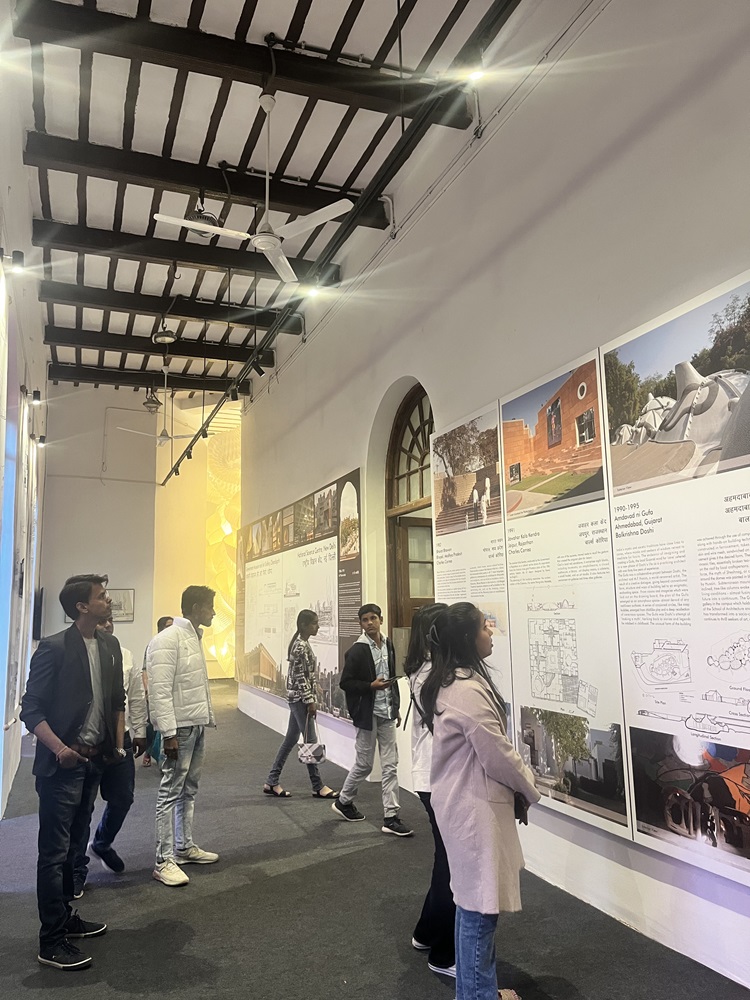
The day was full of delightful and engaging conversations surrounding the history of baaghs and different garden practices nationwide and beyond. The session on ”gardens as paradise”, presented by UNESCO, was a wonderfully moderated discussion between Saleem Beg, Convener of Indian National Trust for Art and Cultural Heritage (INTACH), J&K and Nishant Upadhyay, Founder of Dharatal. Beg talked about the sanctification of gardens and their descendants from heaven. Gardens have been of extreme importance in Persian history. Mughal rulers like Babur and Humayun introduced the idea of ”char-bagh”, ”bagh-e-bahisht”, and ”hasht-bihisht”. Also, they brought a sense of organization, geometry, and symmetry to the land and showed how significant the essence of paradise has been in the foundation of the same. Interpretations and practices have, naturally, changed over the years according to the needs of time, but the form, essentially, remains the same.
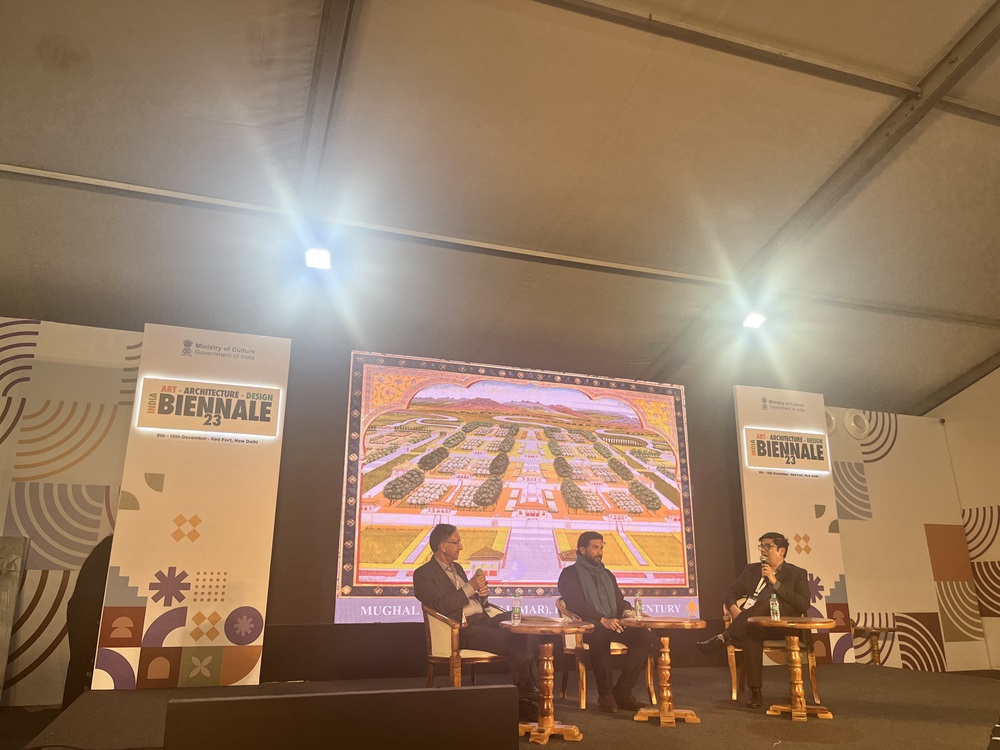
Upadhyay emphasized the setting and location of the Red Fort for a talk on gardens as the spectators and audience walk over from one garden to the other to enjoy the different aspects of the Biennale, from the speaker sessions, lectures, workshops to the pavilions and the bazaars and how the garden is also an experience. One can look at imagery, drawings, and visual material and read poetry, but when one experiences nature, it comes in totality. We also have the Garden of Eden and the Garden of Cyrus, both essentially paradises. South Asia has quite interesting evidence of nature worship from the 2nd BCE. That’s why paradise is also considered as a garden. We also have the concept of Vatikas in Hindu mythologies and texts, for example, the ‘Ashok Vatika’ in Ramayana. He also talked about promoting ‘gardens’ as places for biodiversity, conservation, sustainability, tradition, and knowledge systems. He further talked about how, even in pre-medieval times, practices have been deeply rooted in nature, especially in the southern states like Kerala, where certain dance forms can only be performed in specific natural landscapes and how nature brings out creativity in the most beautiful ways.

Beg talked about the establishment of the tradition of setting up gardens and baghs by Babur as he felt that it was necessary also to create the feeling of his homeland as he thought in Samarkand and Kabul. He also used it as leverage and enticement(s) to make his nobles stay in India. It was also a statement of power and stature, a marker of the arrival on this land. They were not just restricted to open spaces, but they started building gardens in forts as well. When we think of a fort, we think of it as a military and defence establishment. Still, they wanted to make it a place of beauty and admiration, and eventually, palaces and forts became gardens. Even tombs were essentially gardens and baghs; for instance, Humayun’s tomb is the most prominent example of a large, well-laid garden. In a way, they also ensured that the garden remained in the community space. Beg further spoke about how demands changed over time during the colonial and post-colonial times. The practice of lawns began, and plantation styles changed.
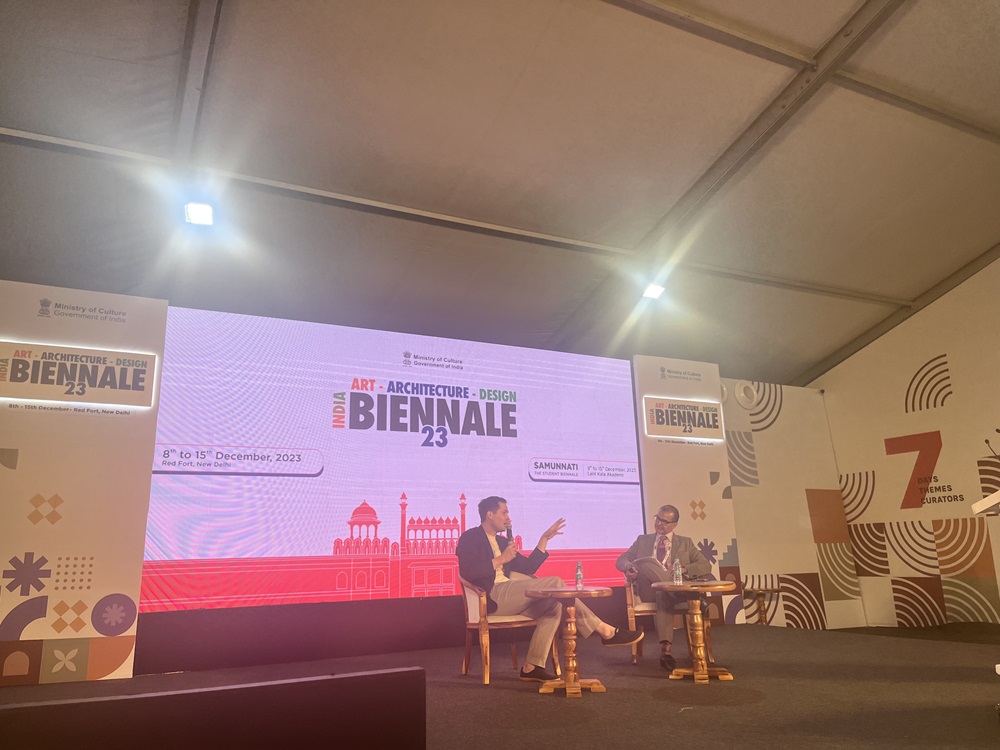
The last session was a very needed one, in my opinion, given the current times that we’re living in. Gregory Kovacs, a jack of all trades but majorly an architect, talked about the architecture of not building. He spoke about using raw materials and materiality in urban spaces, reusing our existing buildings, and shaping and adapting them for future use. He further emphasized India’s role and capability, in present times, to implement these policies and sustainable ways of living. The whole day was filled with sessions that made us think, question and raise issues surrounding the contemporary world.
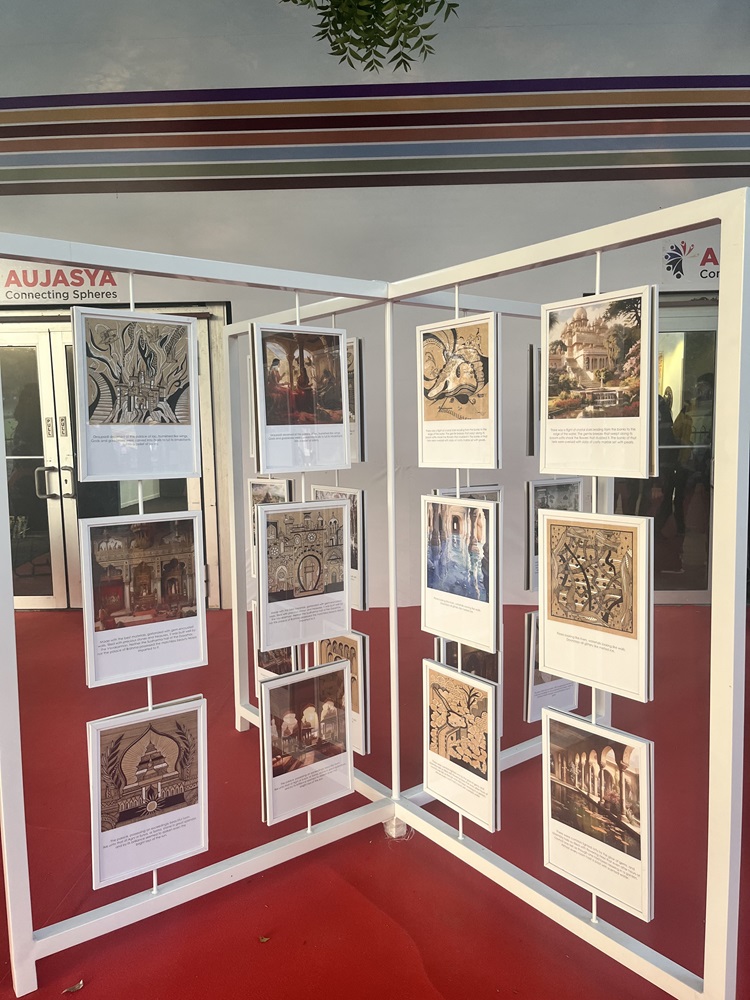

Anoushkha Prasad is a post-graduate from the School of Arts and Aesthetics, J.N.U. She is currently working as a researcher and writer.

